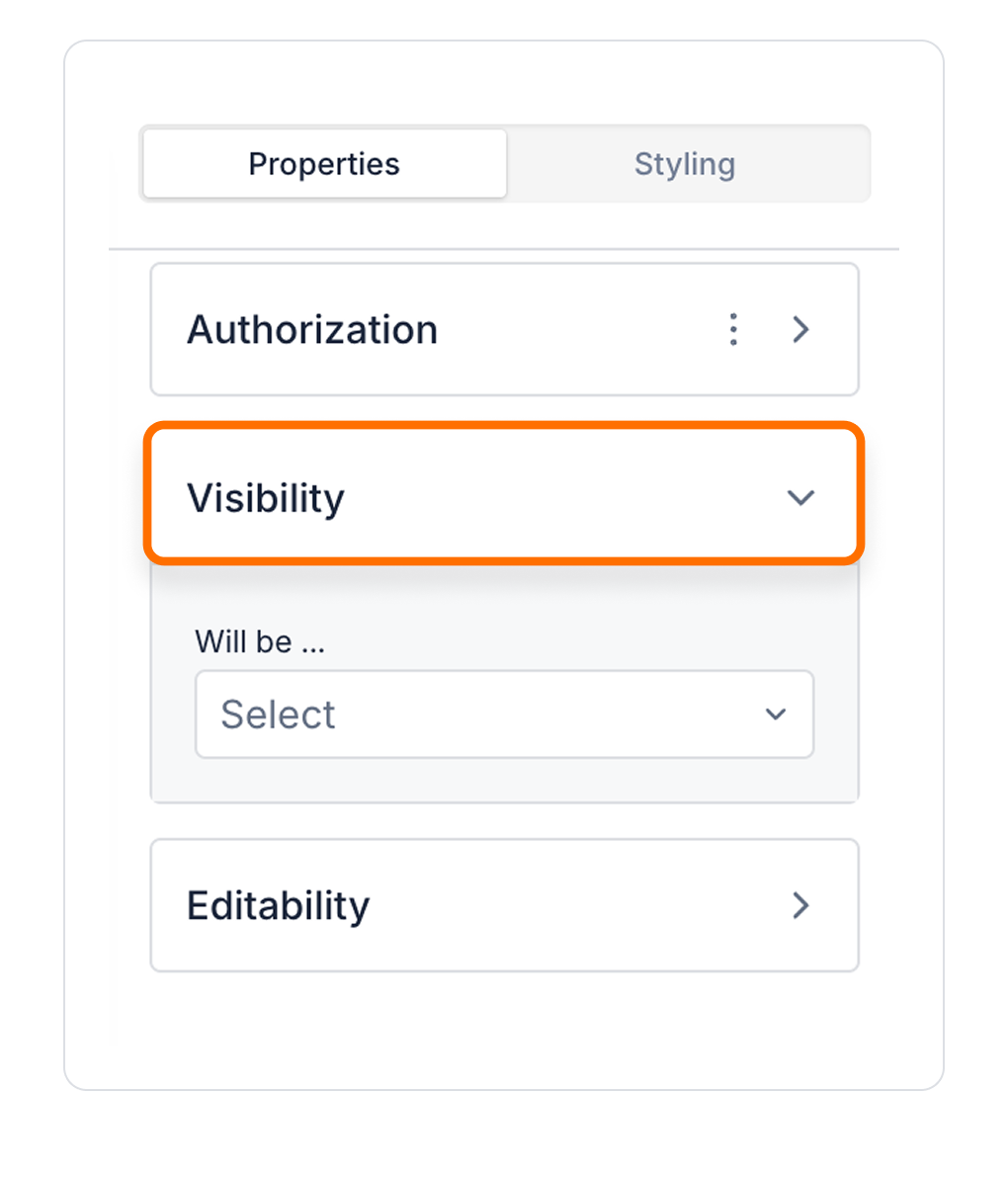


Kuika's Image element allows you to enrich the user experience by adding visual content to your application. It supports static images as well as dynamically changing images. Images can be pulled from a fixed URL or from a data table. In addition, the Image element offers clickability, scaling and resizing features. In this tutorial, you will learn how to use the Image element and how to configure its properties.


You can configure the properties of the Image element in the Properties panel on the right sidebar.



Now when you run the app, you can upload an image from your device by clicking on the corresponding icon.
Once this is done, the image will be removed when the user clicks the “X” icon.
Once this is done, clicking on the camera icon will open your device's camera and you will be able to take snapshots and upload them to your app.
Important Notes
Authorization

To manage access control at the element level, you can use the Authorization section in the Properties panel.
Access Types
Anonymous
Allows all users to view the element without logging in.
Restricted
Restricts access to only verified users or specific roles.
Unauthorized Behavior (Hide / Disable)
If the user does not have the required role, you can specify how the element should behave in the Choose field:
This setting is used to manage how unauthorized users encounter the element.
Visibility

Always Visible: The element is always visible.
Hidden: The element is hidden.
Sometimes Visible: The element becomes visible based on specific conditions.
When Sometimes Visible is used, AND / OR groups can be added directly, allowing visibility rules to be grouped and more complex scenarios to be managed easily.
To configure the setting:


By customizing your elements with the Styling Panel, you can create impressive interfaces for your web and mobile applications. In this section, you can configure the following settings:
By following these steps, you can configure the Area Chart element to suit your needs.